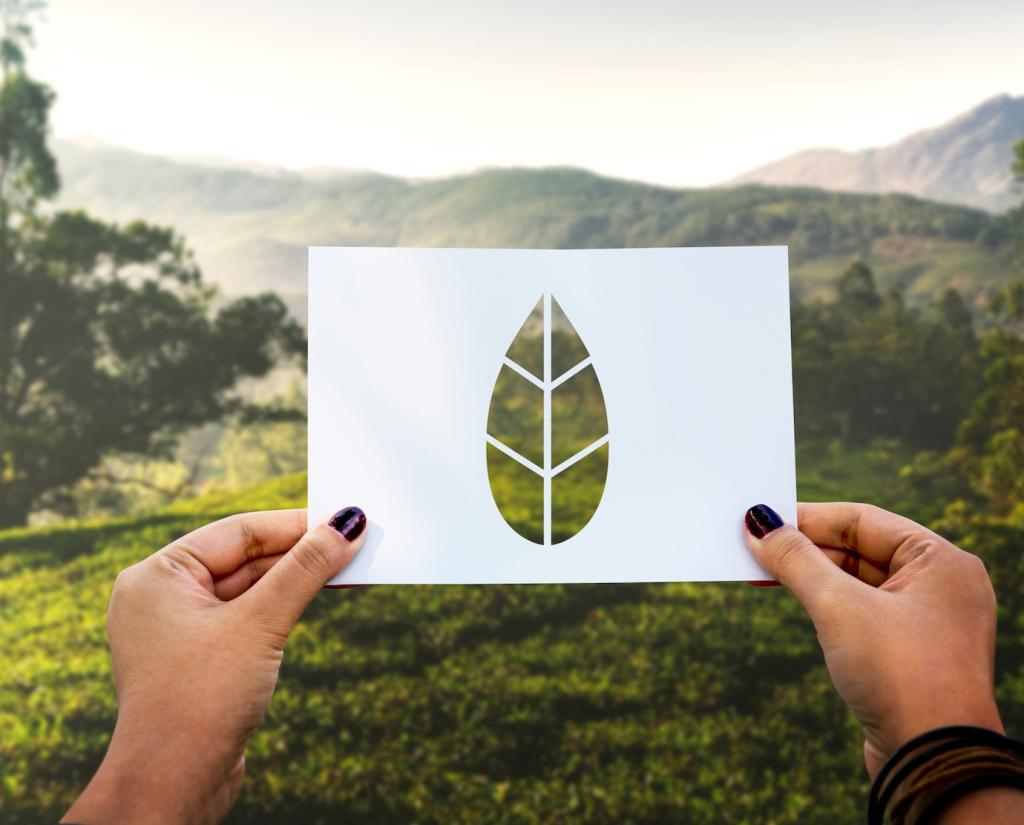Chosen theme: Natural Sponges: Biodegradable Household Essentials. Welcome to a home where sustainability meets everyday comfort. Today we explore plant- and sea-derived sponges that clean beautifully, feel good in the hand, and return gracefully to nature when their hardworking days are done. Subscribe for fresh, practical eco-inspiration.
What Makes Natural Sponges Different
From Plant and Sea to Sink
Cellulose sponges come from wood pulp fibers, loofah grows as a dried gourd skeleton, and sea sponges are living marine organisms harvested carefully. Each origin shapes absorbency, resilience, and scrub feel, turning your sink tasks into something tactile, effective, and refreshingly natural.
Biodegradability Versus Disposability
Unlike polyurethane synthetics that persist for decades, natural sponges break down in compost under the right conditions. When you retire them, you are not passing a plastic problem forward, but returning materials to cycles that nourish soil instead of burdening landfills.
Texture, Absorbency, and Performance
Cellulose soaks up spills like a champ, loofah’s latticed fibers lift grime, and sea sponges hold suds beautifully without scratching. Matching texture to task—from glassware to cookware—means fewer products, better results, and a daily cleaning rhythm that feels intuitive and quietly satisfying.
Everyday Uses Around the Home
Choose a soft cellulose sponge for wiping counters and a trimmed loofah pad for cookware with baked-on residue. The subtle abrasive lattice handles stubborn bits without gouging enamel. Rinse thoroughly, wring tightly, and store upright so your tools dry fast and stay fresher between meals.
Care, Cleaning, and Longevity
After each use, rinse until water runs clear, squeeze firmly, and let the sponge stand on edge for airflow. Avoid leaving it in a wet sink or sealed caddy. This thirty-second habit prevents musty buildup and keeps fibers springy, ready for tomorrow’s spills and scrubs.
Care, Cleaning, and Longevity
For cellulose and loofah, simmer in water for five minutes or soak in a mild vinegar solution, then dry thoroughly. Microwave only when fully wet and free of metal scrub bits. Sea sponges prefer a saline soak. Share what works best for your water and climate.
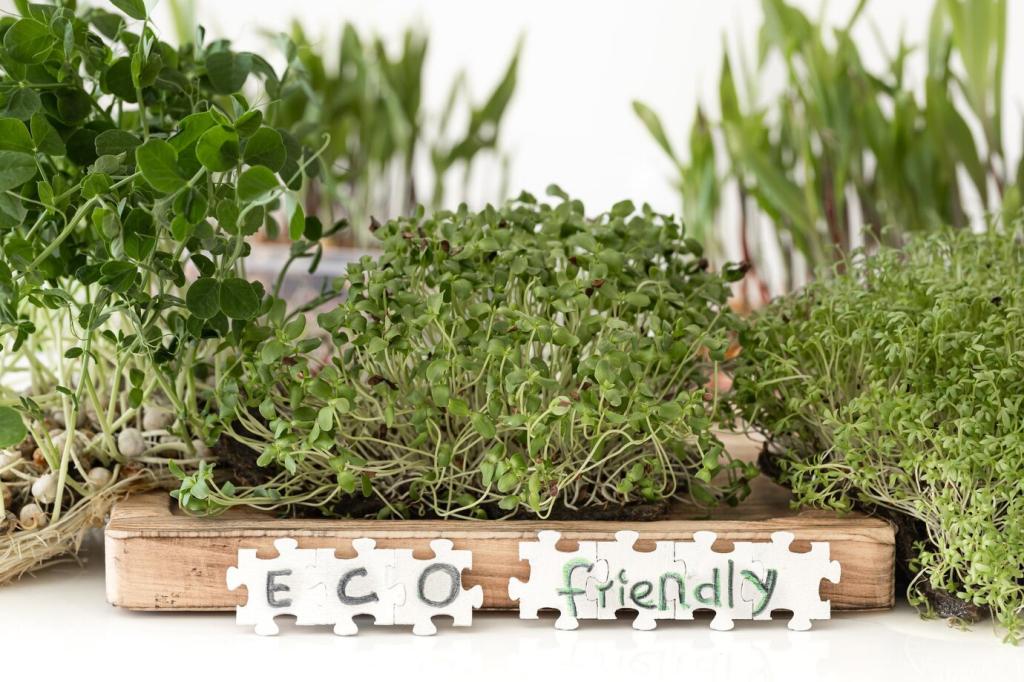
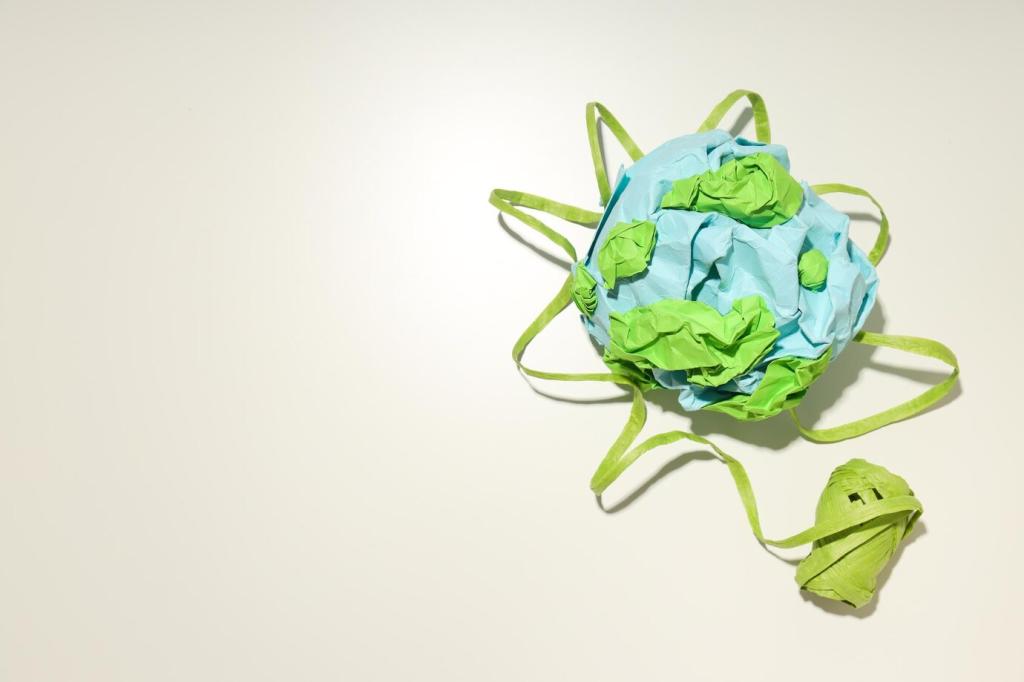
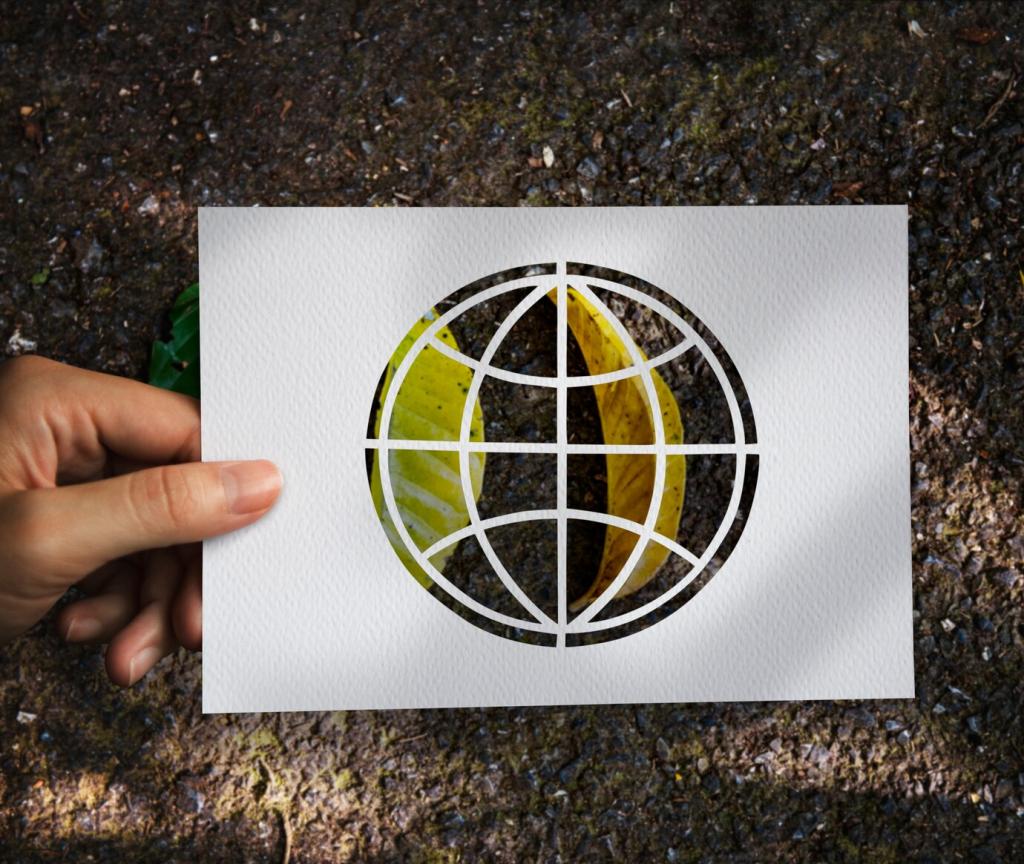
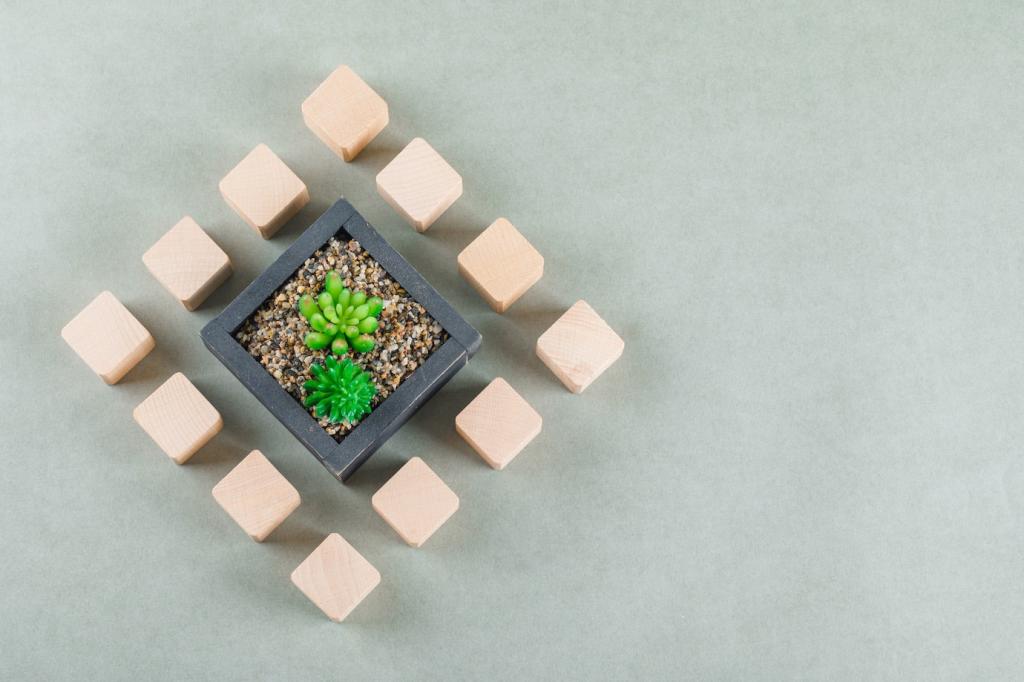
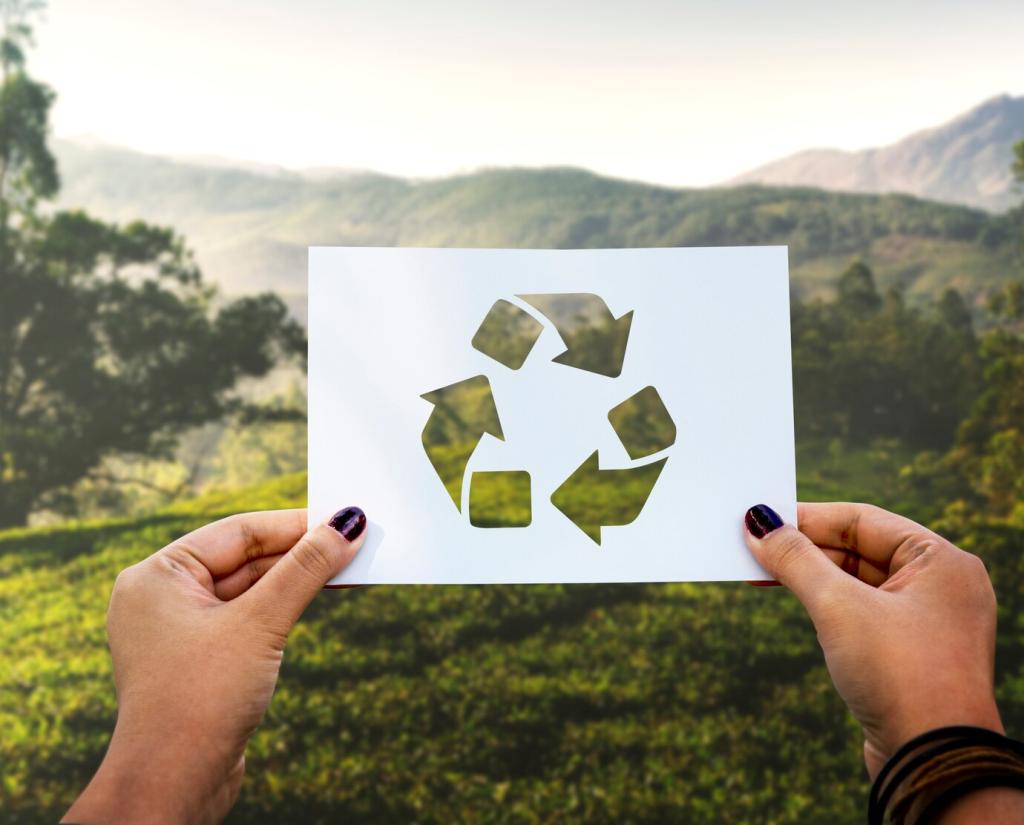
Sourcing and Ethical Choices
Labels and Certifications to Seek
Seek organic loofah labeling, chlorine-free cellulose processing, and transparent supply chains. Some sea sponge sellers document sustainable harvesting zones and regrowth cycles. Minimal, recyclable packaging signals thoughtful design. When product pages explain material origins clearly, you can buy with confidence and skip greenwashed marketing fluff.
Sustainable Sea Sponge Harvesting
Reputable divers cut sea sponges above the base, allowing the organism to regrow, much like pruning. Healthy reefs and regulated quotas preserve biodiversity. Ask sellers about harvest methods, regions, and intervals. Your questions encourage better practices and keep ocean stories vibrant for generations.
Packaging and Transport Footprints
Choose bulk or multi-packs shipped in paper or compostable sleeves. Local or regional producers often reduce transport emissions. If you find refill programs or package-free markets, share locations. Together we can map low-waste options and make sustainable choices easier for everyone discovering natural sponges.
DIY Customization for Better Cleaning
Cut-to-Fit Shapes and Edges
Trace the rim of a favorite mug to cut a perfect circular cellulose sponge. Create a pointed edge on loofah for grout lines. Label each piece with a fabric pen. These small customizations save time, protect surfaces, and make daily cleaning feel designed just for you.
Natural Infusions and Fresh Scents
Soak a clean sponge in a light, diluted infusion of lemon peel or rosemary to add gentle freshness, then air-dry. Avoid heavy oils that can linger. A subtle scent turns routine wipe-downs into pleasant rituals that remind you of gardens, kitchens, and sunny open windows.
Simple Stitching for Grip and Durability
Sandwich a thin loofah slice to cellulose using a loose whipstitch with cotton thread to create a dual-sided scrubber. The textured face tackles grime, the soft face finishes. Share your stitch patterns or templates so beginners can jump in and build their first custom sponge.
My grandmother polished a dented copper pot with a damp loofah and a sprinkle of salt. She said, “Let the texture do the work.” The shine returned without harsh paste. That lesson shaped my cleaning philosophy: gentle materials, steady hands, and patience over brute force.
